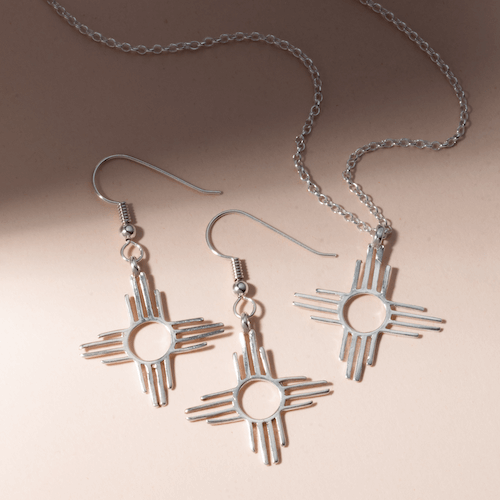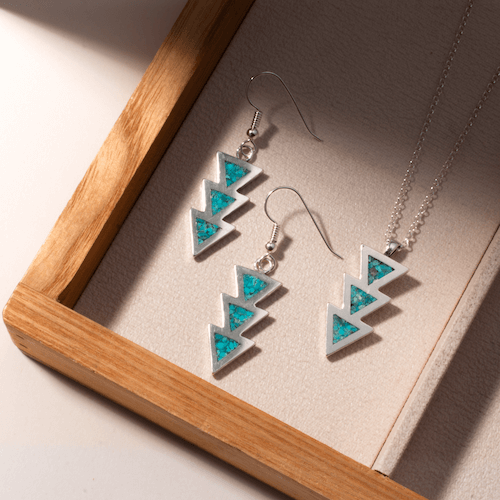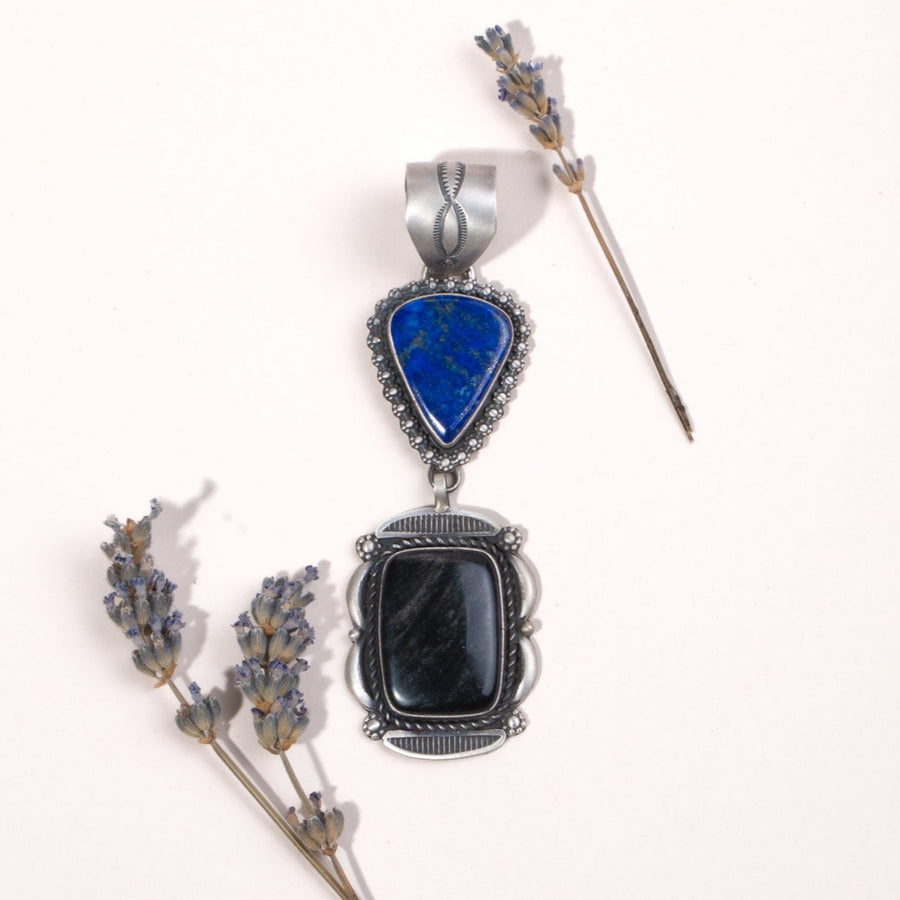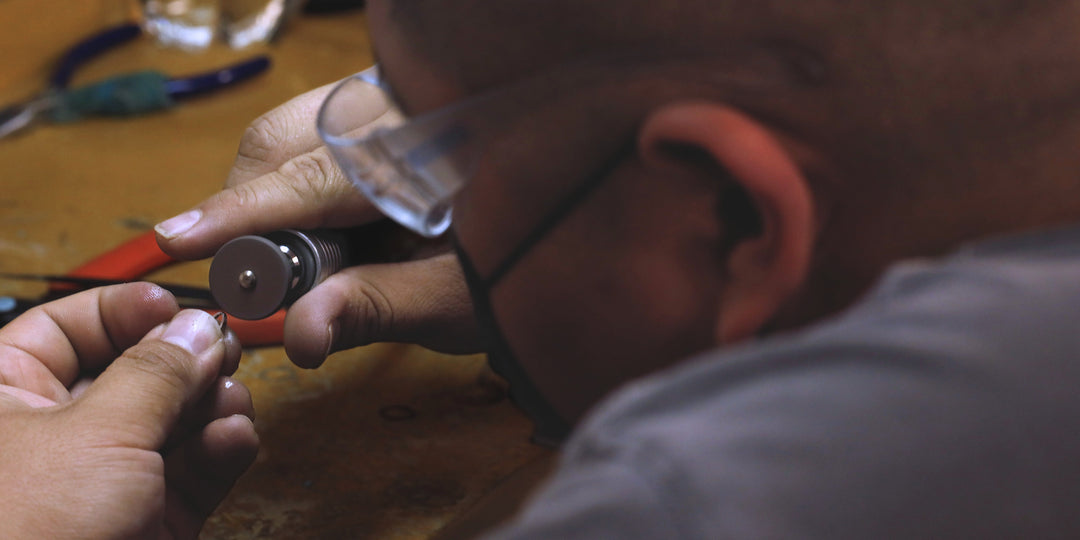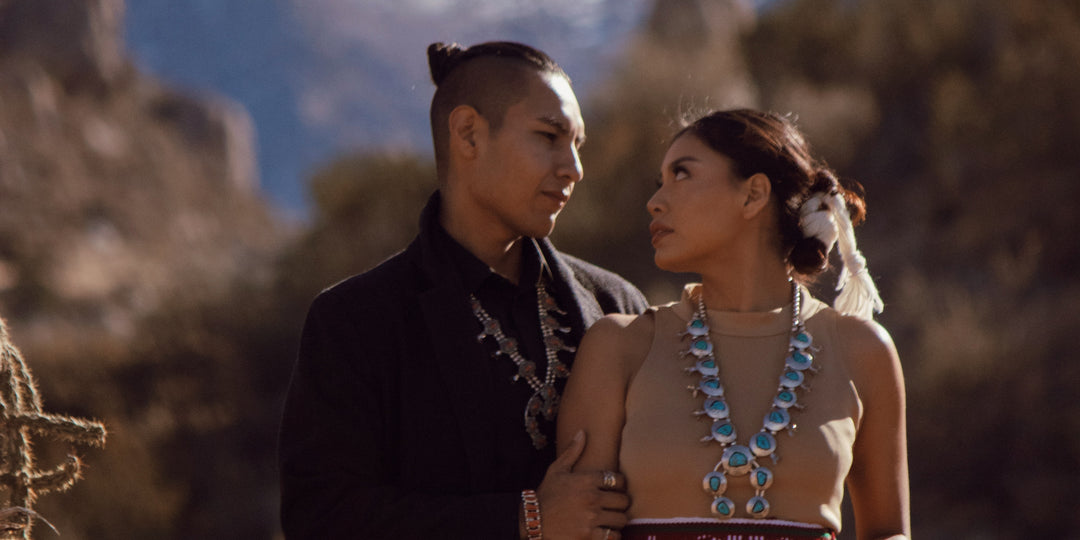Native Students Face a Tough Reality
There are any number of beliefs about the state of the US educational system, some grounded in facts and statistics and others based on experience and observation. Both add up to a picture that doesn’t always look appealing, particularly for Native American students. In both a BIE school setting or in local public schools, there are some issues that challenge the goal of graduation for many of these students. Overcoming those challenges will take a commitment to finding culturally appropriate ways to change the outcome for Native students.
Native American Student Statistics
Recent statistics put the graduate rate for Native students in the US at 70
What are the challenges?
The geographical isolation of many reservations along with restricted federal funding and resources add to the challenge of creating an engaging, positive environment for students to excel in at the BIE
Native students often find a glaring disconnect between the culture they are immersed in at home and the atmosphere they find themselves in at a public school. The inclusion of, and respect for, Native culture is often absent in many schools, or minimal at best. Feeling that they come from an invisible people leaves Native students feeling like they are in a place they don’t fit, one that doesn’t really have something to offer them. On top of that, they are often in a classroom with a teacher who has little information on the norms of their culture. It’s a set-up for tension and conflict that mars the learning environment.
Proposed Solutions
Respect isn’t the only factor lacking. One teacher, who spent thirty-seven years teaching at schools on and around the Navajo reservation, observes that the strengths of many Native students aren’t met by the curriculum they’re being offered. She especially bemoans the lack of art education, which is often an area of strength for these students. Art education that begins at the kindergarten level and continues all the way through high school would be a positive addition to public education in her opinion.
This feeling is echoed by others who agree with her that the focus solely on college prep does a disservice not only to Native students but others for whom vocational programs would be a godsend. The stigma all too often associated with such programs is a stumbling block to a needed addition to the curriculum. As one educator from NAU put it, “…the negative tinge of vocational programs needs to be removed and these programs opened to all students.” They also believe that those programs need ties to the real world and real opportunities for jobs and careers. This can be achieved best, they say, “through partnerships with business, labor unions and government.”
Making changes such as increasing support for vocational programs, offering students real life opportunities that could lead to successful careers, and developing respect for different cultures would go a long way toward tackling the issue of high drop-out rates. Students who see prospects for their future in the education they are receiving today can’t help but gain motivation to finish their education and move on into a career. It’s a win-win for everyone.


